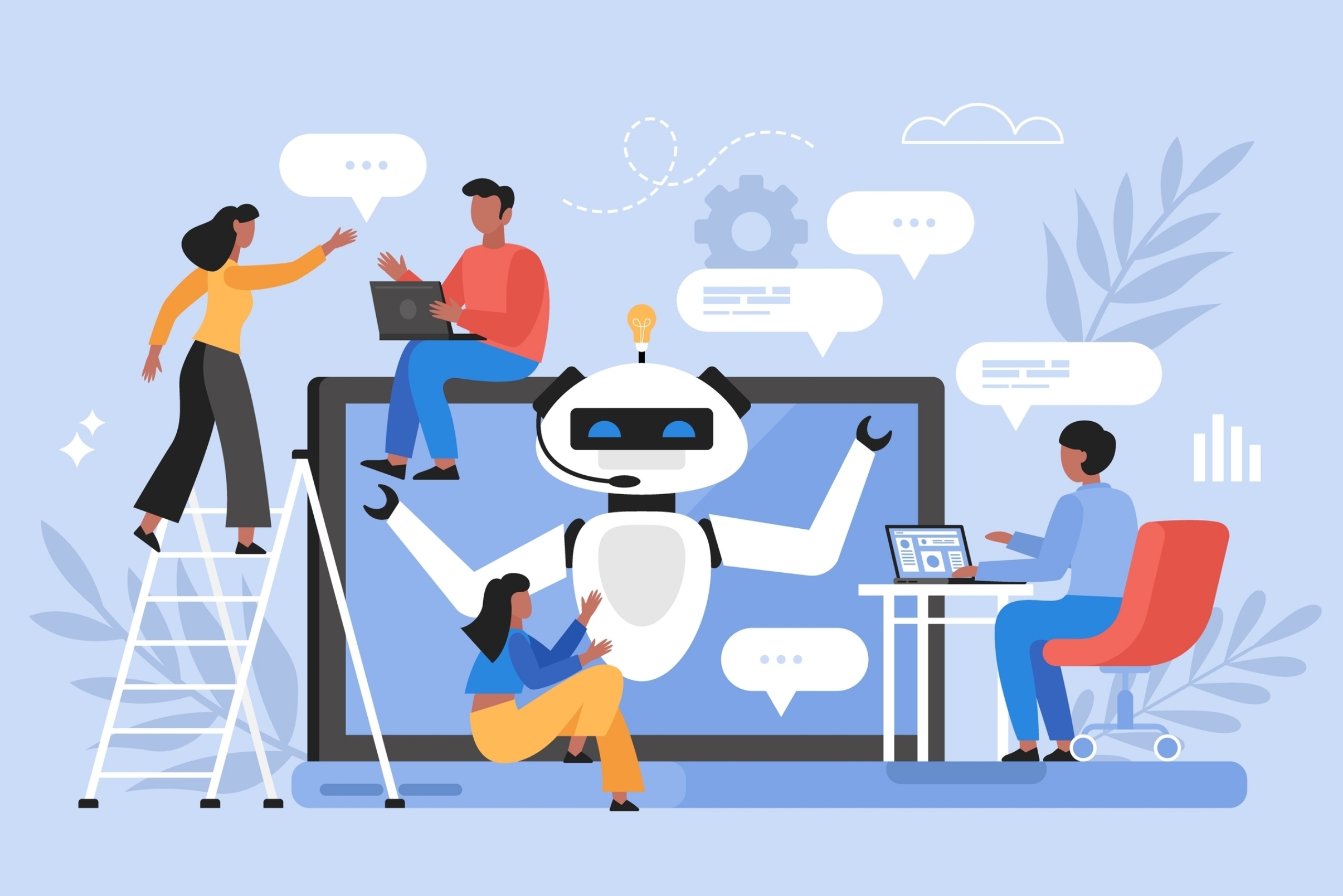Create a Learning Culture

By Ashley Reid | February 23, 2021
This article originally appeared in the January/February 2021 issue of Finseca Focus magazine. Read the full issue here. Shared with permission.
By Troy Korsgaden
“People are our greatest asset.” We all say it, and I’m sure we all believe it. But do our actions support our words? It’s easy to put staff training on the back burner while managing the whirlwind of activities it takes to run a business. We’re busy. There are fires to put out and goals to meet. Yet most of us find time to strengthen our business processes. Why not do the same for our people?
If you genuinely believe that people are your greatest asset, resolve to make 2021 the year you invest in the development of your team. I don’t mean simply budgeting money for people to take a course or two. I mean a true strategy—one that lasts throughout the year and has a meaningful impact on your culture, your people, and your bottom line.
Staff Development Is Good Business
If you aren’t convinced this is the best use of your time and energy, these statistics might change your mind. Research conducted in 2018 by PwC revealed the following:
- Seventy-one percent of customers say their experience with a company significantly impacts their purchase decisions and brand loyalty.
- Forty-six percent of customers will abandon a brand if employees are not knowledgeable.
- One in 3 customers will abandon a brand after just one bad experience.
Process, product, and sales training are essential. They are the costs of staying in the game. To delight your clients and significantly improve your results, however, you need a high-impact development strategy that is customer-driven. In a customer-driven business, team members deliver an exceptional client experience. They offer solutions, build relationships, and provide concierge-level service. They feel a strong sense of personal accountability and a desire to learn and grow continually. That level of performance requires skills in problem-solving, relationship-building, and adapting to change. How much time do your team members spend improving their skills in these areas?
Staff development can also inspire your team members and engage them in the success of the organization. In LinkedIn’s 2018 Workforce Learning Report, 93% of people participating said they would stay with a company longer if it invested in their careers. Why is that important? Retention. And if there is any industry that understands the importance of retention, it is ours.
Gallup estimates that replacing a team member can range from one-half to two times that person’s annual salary—and that’s a conservative estimate. According to financial security profession resources, it can cost from $160,000 to $250,000 to train one professional. Isn’t that money better spent on developing new people to grow your team rather than replacing those who left?
Specialization
Anyone who knows me knows that I have advocated for specialization for many years. Our profession is too complex for any one person to be an expert in everything. Specialization means training each team member to develop deep expertise in one product line while having enough knowledge in all other lines to recognize a sales opportunity and pivot to it. Every person doesn’t have to be 100% proficient in every line of insurance. You can reduce training time and expense by requiring each team member to be completely proficient in only one product line.
This doesn’t mean that team members will focus exclusively on their own specialties. Each person on my team is licensed in property and casualty and life; each person can give presentations in either area when those occasions arise. The difference is in their depth of knowledge. Specialists manage the backroom details to make sure policies are issued smoothly. My auto specialist may close a life policy, for example. But it’s the life specialist who manages the policy through the process.
With specialization, you can provide clients with high-level service in every product line and, at the same time, give team members opportunities to grow and learn new skills.
Create a Learning Culture
All of this might sound like a lot of work, but it doesn’t have to be. Ask team members to learn something new and then teach it to others. Form internal study groups for people to collaborate and solve problems together. And don’t ignore the power of learning from people outside the firm. Encourage your team to participate in external study groups as well.
In a learning culture, you must focus on behaviors and beliefs as well as skills. Let’s take customer experience as an example. One desired behavior is that all customer inquiries are handled promptly and professionally. Two skills that support this behavior are active listening and problem-solving. Will running a workshop on active listening and problem-solving create the desired behaviors? Maybe, but maybe not.
The underlying beliefs that team members hold about customer experience influence their actions. All the training in the world isn’t going to change a person who believes that dealing with customers is just a necessary evil. One way to uncover beliefs is through informal group discussions. What does “handling inquiries promptly and professionally” look like? Is the customer always right? What’s the best way to handle difficult situations? When should a problem be escalated, and what authority do individuals have to solve problems? These kinds of peer-to-peer discussions provide clarity for team members, allow them to explore their beliefs, and help them develop new skills.
Create 90-Day Plans
Most of us are used to working from 90-day plans and setting quarterly goals. Do the same for staff development. Include training in your 90-day plan, and put weekly, monthly, and quarterly sessions on the calendar. Schedule at least one formal training session each quarter. Formal training can be delivered by external or internal facilitators or members of your team. Training can also be self-directed, where team members view training videos, take online courses, or read an article and then meet to discuss the content. The objective of these training sessions is to provide team members with new knowledge and skills.
Schedule at least one informal group discussion each quarter as well. “Informal” doesn’t mean these sessions are any less important than formal training, by the way. They are simply less structured meetings where team members work together, discuss important topics, and solve problems. During these meetings, team members might discuss common customer problems, core organizational values, ideas to improve processes, or changes the organization is experiencing. The objective is to foster peer learning, collaboration, and problem-solving—key components of a learning culture.
That learning culture—one that is customer-driven and promotes continuous learning—is then certain to engage your team, delight your clients, and improve your bottom line.
Related Posts

Gain Invaluable Insights Into Your Audience With Google Analytics 4

Make Retargeting and Geofencing Work for You
